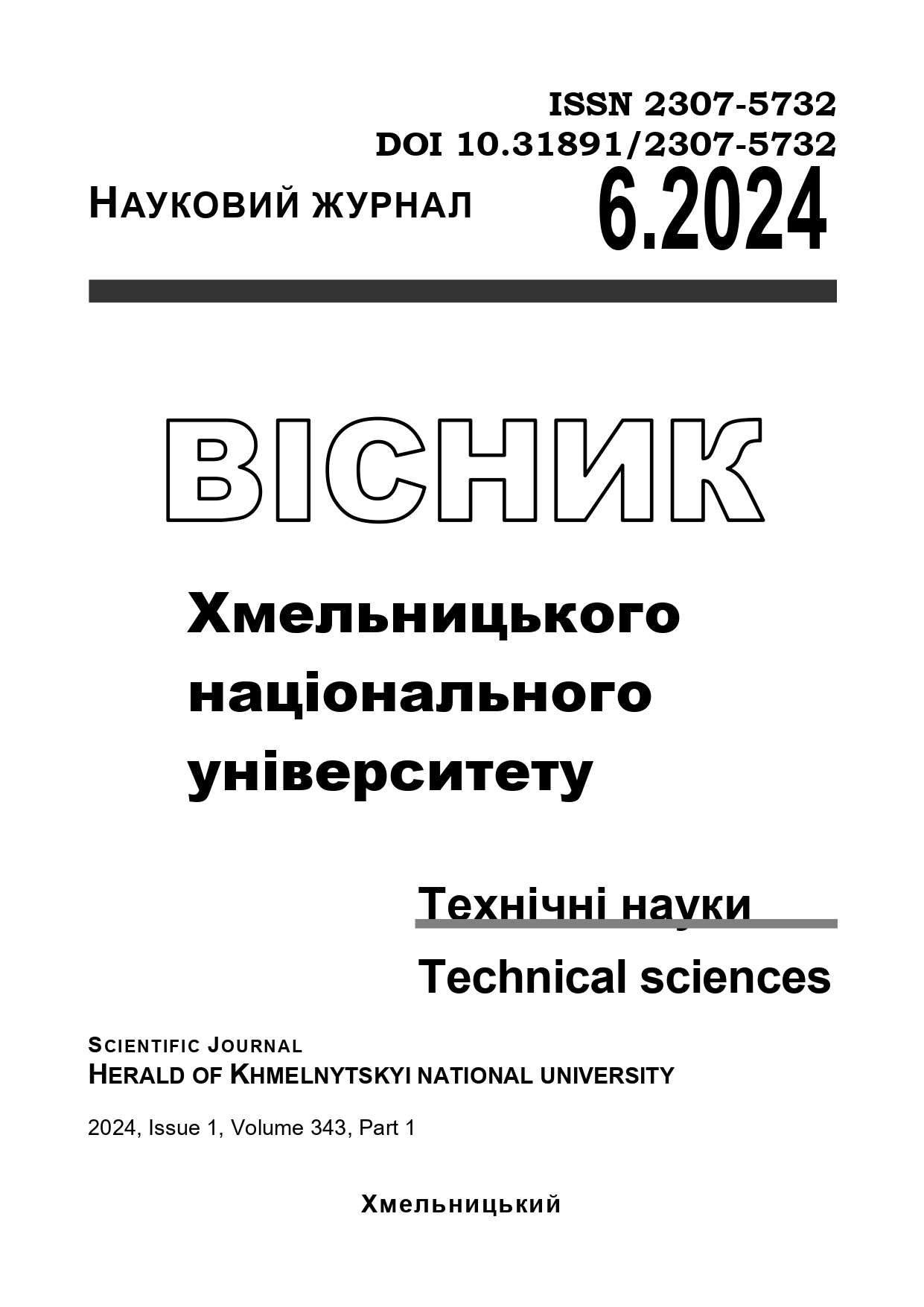MODELING AND ANALYSIS OF PARAMETERS AND CHARACTERISTICS OF BROADBAND ANTENNA DEVICES IN WI-FI, 5G COMMUNICATION SYSTEMS, AND IOT NETWORKS
DOI:
https://doi.org/10.31891/2307-5732-2024-343-6-31Keywords:
broadband antenna, broadband signal, HFSS, IoT, multi-channel systemAbstract
In modern wireless communication systems, such as Wi-Fi, 5G, and Internet of Things (IoT) networks, ensuring high signal quality and efficient use of frequency resources is critically important. With the rapid proliferation of IoT devices, characterized by small size and low power consumption, the choice of antenna plays a pivotal role. Broadband antennas are frequently selected for IoT applications because of their ability to operate over a wide frequency range, which is essential for maintaining stable communication in environments with significant interference. The growing demand for efficient and reliable wireless networks, coupled with the challenges posed by interference and limited spectrum availability, has made the design and optimization of broadband antennas a focal point for researchers. Broadband antennas are essential components for IoT systems as they contribute to the effective use of the frequency spectrum, especially in environments with high interference from neighbouring devices. The ability of these antennas to maintain consistent performance across a broad range of frequencies makes them ideal for modern communication systems. This flexibility allows them to support a greater number of channels, thus improving the overall system capacity. The development of specialized data transmission protocols tailored to broadband antennas helps optimize frequency utilization and mitigate the effects of interference, which is crucial in crowded spectrum environments like IoT networks. One of the primary tools for modelling, analysing, and optimizing broadband antenna devices is the High-Frequency Structure Simulator (HFSS). HFSS is a powerful simulation tool that enables to perform detailed parameter analyses and optimize antenna designs for specific applications. By employing advanced computational methods such as the Method of Moments (MoM), Finite Element Method (FEM), and genetic algorithms for optimization, HFSS provides highly accurate results that are critical for the design and deployment of effective antenna systems. These computational methods allow to simulate various aspects of antenna performance, such as radiation patterns, return loss, frequency response, and other key parameters, which are necessary for ensuring reliable communication in modern wireless systems. The article covers modern methods of analysing the parameters and characteristics of antenna devices: S-parameters, radiation patterns, and frequency response. For this purpose, representatives of two broad categories of antenna devices are considered: narrowband (microwave circular antenna) and broadband (trapezoidal log-periodic antenna), which are used in modern communication technologies such as Wi-Fi, 6/6E and 5G. This provides a new level of understanding of the relationship between antenna design and communication quality in high-frequency bands. Specifically, the study focuses on two antenna types: a microstrip circular antenna representing narrowband technology and a log-periodic trapezoidal antenna representing broadband designs. These antennas were selected to represent the distinct categories of narrowband and broadband solutions, allowing for a comprehensive comparison of their performance in real-world conditions. The results of the analysis reveal that broadband antennas outperform their narrowband counterparts in systems where a high density of devices operates simultaneously. Broadband antennas, with their ability to handle wider frequency ranges and resist interference more effectively, enable the formation of multi-channel systems that can significantly increase the capacity and efficiency of wireless communication networks. Moreover, the use of broadband antennas allows for greater flexibility in spectrum management, reducing the strain of available frequencies and improving overall network performance. The findings of the study highlight the potential of broadband antennas in modern communication systems, such as Wi-Fi, 5G, and IoT. The combination of broadband antenna systems with advanced simulation and optimization techniques, presents new opportunities for the development of high-performance wireless networks capable of supporting the growing demands of IoT and other data-intensive applications. The study's detailed modelling and analysis provide valuable insights for looking to enhance antenna performance and ensure reliable, high-quality communication in challenging environments. In conclusion, the article demonstrates that broadband antennas, offer significant advantages in terms of frequency efficiency, interference resistance, and network capacity. These antennas are well-suited for use in modern wireless communication systems, where the need for robust and efficient signal transmission is paramount.

